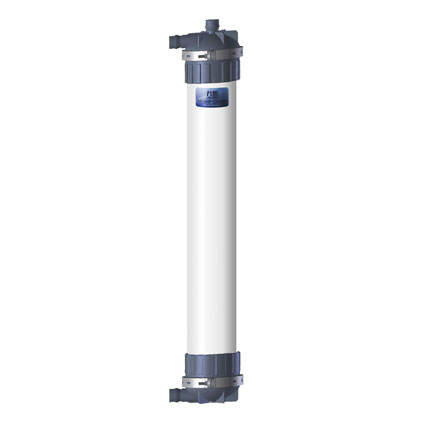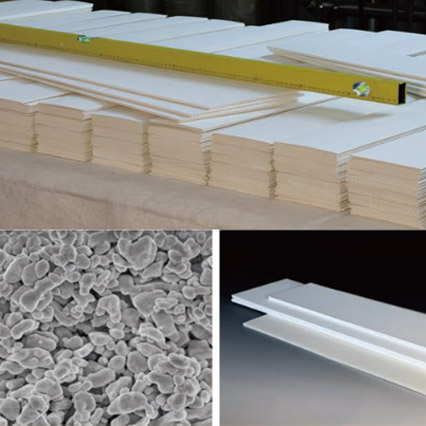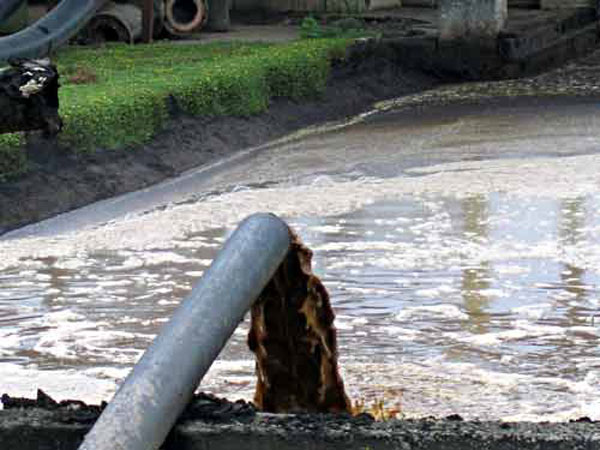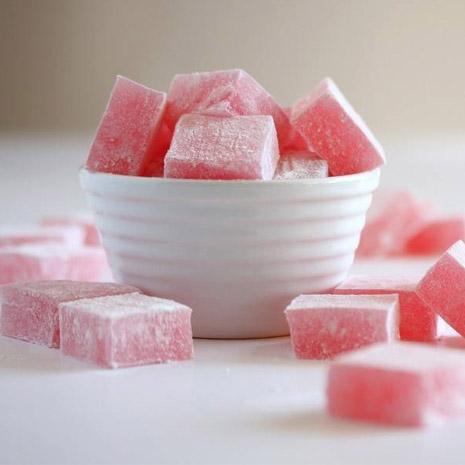Organic Membrane
The organic membraneis a material having a selective separation function, and when there is a driving force on both sides of the membrane (such as a pressure difference, a concentration difference, a potential difference, etc.), the raw material component selectively permeates the membrane. Separation, classification, concentration and purification of different liquid or gas components can be achieved by selective separation of membranes. Since no morphological changes are required, membrane separation techniques are particularly suitable for separation processes without phase change and chemical change. Widely used in medicine, biology, food, petrochemical, energy, water treatment and other fields, resulting in huge economic and social benefits.
Membrane materials are the basis and core of membrane technology. The properties and chemical structure of membrane materials play a decisive role in membrane separation performance. There are many types of membranes according to different classification methods.
According to the size of the hi tech membranepore size or the size of the retained particles, it can be divided into Microfiltration (MF), Ultrafiltration (UF), Nanofiltration (NF) and Reverse Osmotic (RO).
The material of the membrane determines the chemical properties of the membrane, which determines the main chemical properties such as hydrophilicity, anti-contamination, acid and alkali resistance, grease resistance, organic solvent resistance, high-temperature resistance and sunlight resistance.
It is stronger the hydrophilicity of the membrane, the higher the anti-contamination property; It is better the chemical stability of the membrane, the stronger the acid and alkali resistance and the stronger the oxidation resistance, the better the durability of the membrane.
Depending on the material of the membrane, the membrane can be divided into an inorganic membrane and an organic membrane.The organic membrane is made of high molecular materials are processed and compounded, such as polyvinylidene fluoride, polyvinyl chloride, polyethersulfone, polysulfone, polypropylene, polyethylene, polyacrylonitrile, aromatic polyamide, cellulose acetate, and the like. The organic membrane has a wide range of selectivity, and can be selectively made into various membranes according to different uses, different properties, and different molecular cutting amounts, but when the raw materials have strong acid, alkali, strong corrosive, high temperature and high concentration organic pollution characteristics. At the time, the organic membrane is prone to corrosion and clogging of the membrane pores. The main features of the organic and inorganic membranes are compared as shown in the following table:
The configuration of the membrane is related to its manufacturing process, and is generally classified into a hollow fiber membrane, a flat membrane, a tubular membrane, and a spiral membrane.
If you want to know more kinds of organic membrane filters, please visit our website.
Send product request
Other supplier products
| Organic Membrane Machine Lab & Pilot | In order to meet the scientific requirements of scientific research institutes and enterprises in the early research and development of feed liquid... | |
| Organic Membrane Machine Lab & Pilot | In order to meet the scientific requirements of scientific research institutes and enterprises in the early research and development of feed liquid... | |
| Flat Sheet Ceramic Membrane | The flat plate membraneis a new type of high temperature plate porous ceramic membrane, which is prepared by high temperature sintering process usi... | |
| Palm Oil Wastewater | Palm Oil Wastewater Palm oil is not only the highest yielding cheap vegetable oil on the earth but also a safe raw material for edible oils and da... | |
| Food & Beverage | Food & Beverage Ceramic membrane has high separation efficiency and good chemical stability, which can be used for separation, clarification, ... |
Same products
| MOBILUX EP 0 16KG Lithium Complex Grease | Seller: Guangdong Juguangheng Automation Equipment Co.,Ltd. | These lithium hydroxystearate greases are formulated to provide extra protection against wear, ru... | |
| Nisin Direct supply | Seller: Hebei Shengxue Dacheng Pharmaceutical Co., Ltd. | Nisin, a natural antimicrobial peptide, has various applications in the food industry due to its ... | |
| Large supply Nisin | Seller: Hebei Shengxue Dacheng Pharmaceutical Co., Ltd. | Nisin is considered a natural preservative because it is derived from the fermentation of bacteri... | |
| Nisin Wholesale Price | Seller: Hebei Shengxue Dacheng Pharmaceutical Co., Ltd. | Nisin is a natural antimicrobial peptide produced by certain strains of the bacterium Lactococcus... | |
| Nisin Quality Manufacturer | Seller: Hebei Shengxue Dacheng Pharmaceutical Co., Ltd. | In some cases, the addition of nisin allows dairy products to be preserved without the need for e... |





















